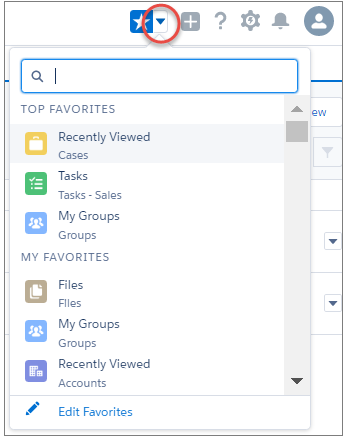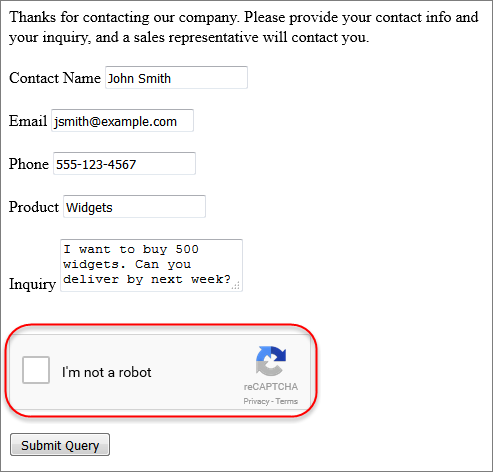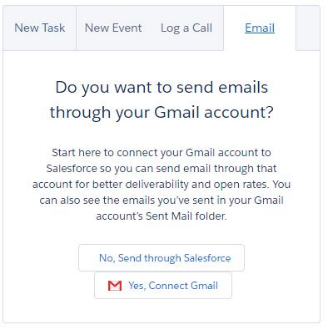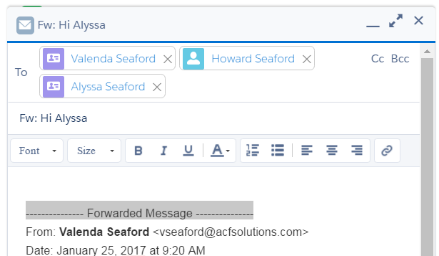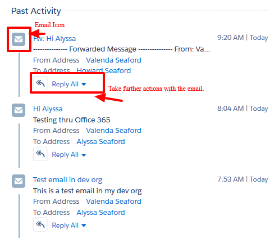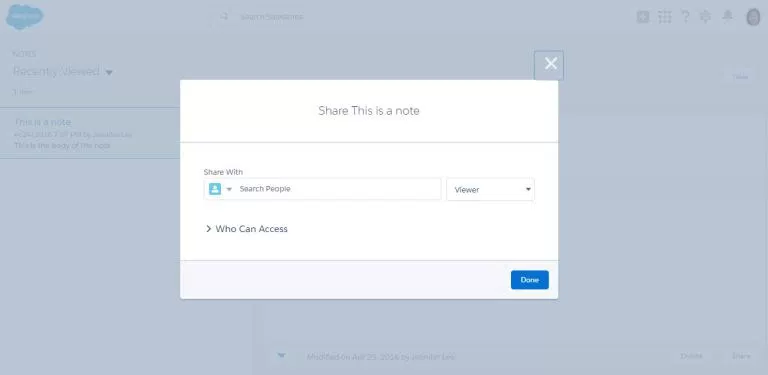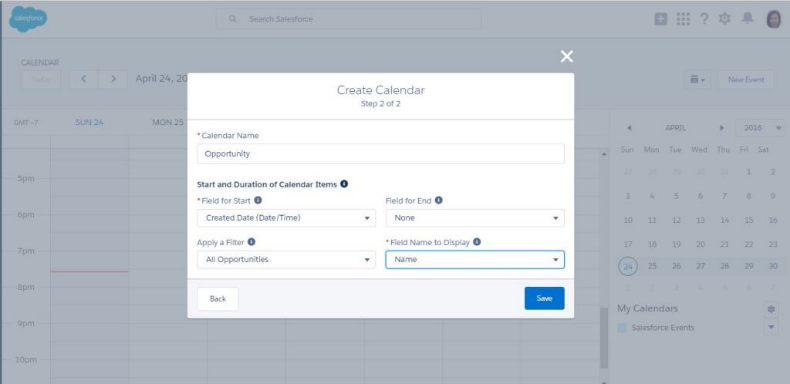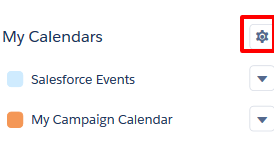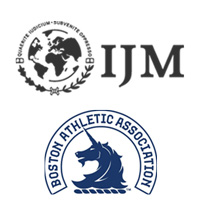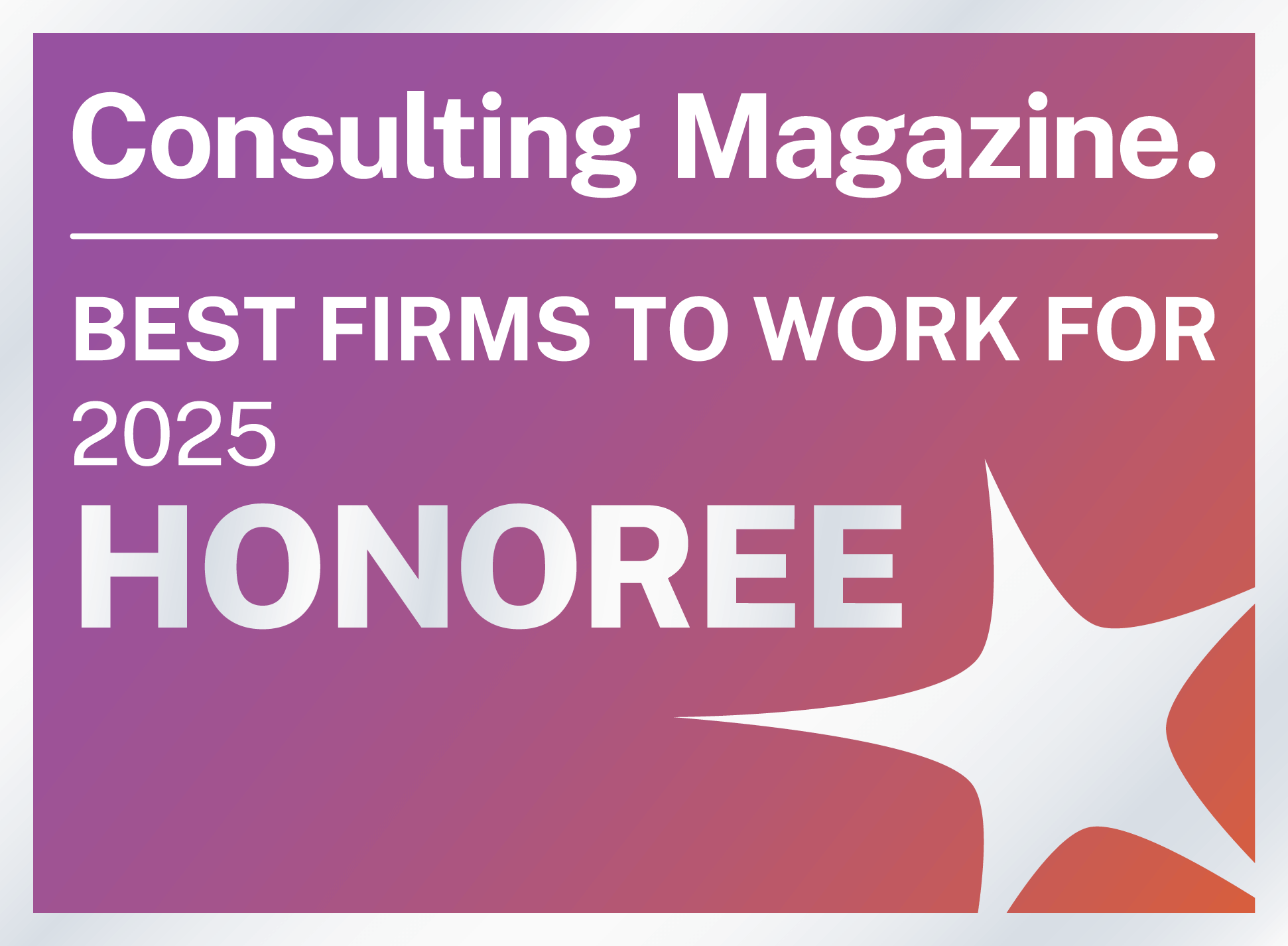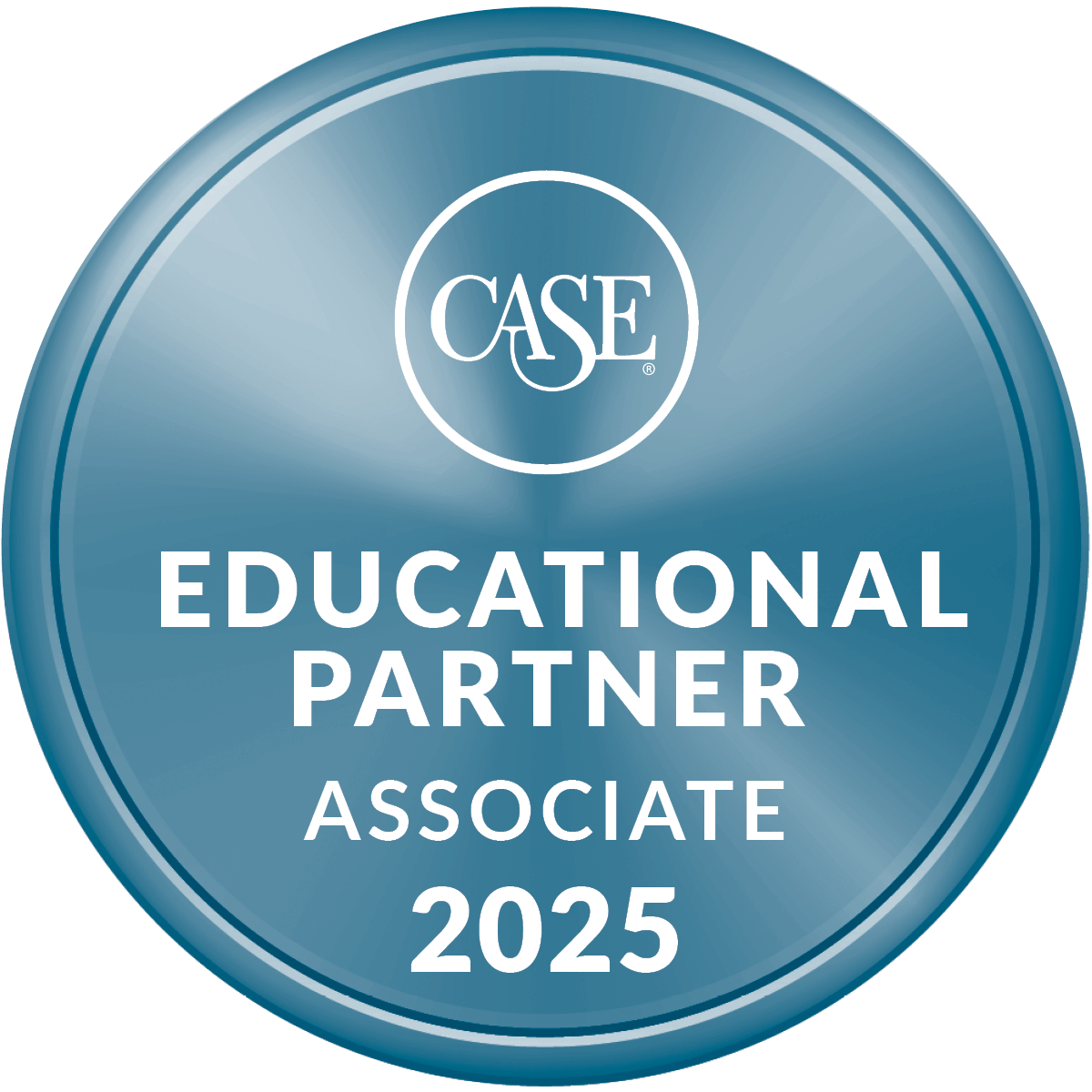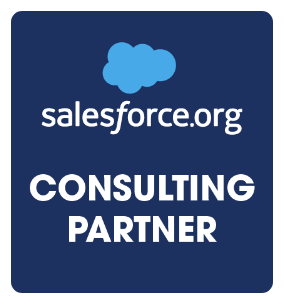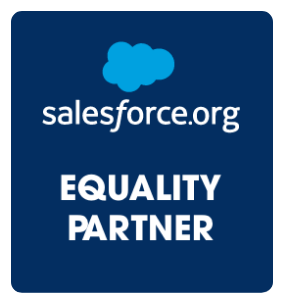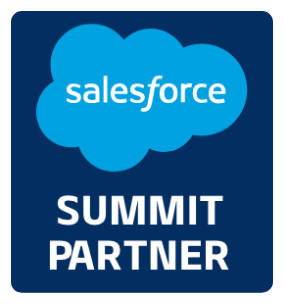Award-Winning Salesforce Innovation at USO
It was great to be back at Dreamforce this year. I was completely amazed by how much it’s grown over the past five years, but the excitement is still the same! One of the highlights was receiving the 2017 Salesforce Partner Innovation Award in the nonprofit category on behalf of Attain Partners for our project with United Service Organizations (USO).
The project involved introducing Salesforce as a system to support tracking of daily check-ins for services and programs offered at USO centers around the world. It was the only project in the nonprofit sector for which a Partner Innovation Award was given this year.
In my role as a principal consultant, I have the privilege of working on many interesting projects for our nonprofit and higher education clients each year. So what was it about this one that made it stand out as one of the most innovative of the year? From my perspective, here are a few things that came together well:
Business transformation: Prior to this project, the check-in process at USO’s 200 centers worldwide relied on paper and a pen on a clipboard — think of the check-in at your local doctor’s office. Center staff would then manually consolidate these numbers into a spreadsheet and email the data to headquarters. Headquarters staff would then consolidate all these spreadsheets into their own spreadsheets. USO leadership would finally be able to see the consolidated numbers and graphs a couple of months later. This process averaged 1,800 staff hours each year just to arrive at high-level counts. By replacing those clipboards with a Salesforce-based iPad form, USO was able to eliminate all of those manual steps and gain access to center usage in real-time. The project also freed up valuable staff time that could be spent on more strategic, mission-focused tasks.
From pilot to enterprise: USO had an aggressive timeline to deploy a pilot of the project for a kiosk check-in process and strategically roll it out to 15 of their centers. To achieve that goal, we didn’t have time for a lot of custom application development. Plus, we wanted to use the pilot to figure out what would work best and what would present challenges. The AppExchange to the rescue! We were able to use an app called Formyoula that allowed us to quickly develop multiple forms to A/B test at the pilot centers. Formyoula is built for Salesforce, works online and offline (which is important for the USO based on their locations), and works with multiple platforms (iPads, Android, Mac, and Windows). We received great feedback from the centers and were able to iterate on the pilot. In relatively short order, we began rollout to all 200 USO Centers, at a lower cost and shorter timeline than with custom development.
Results: Because of the real-time nature of the system, a process that used to take a couple of months, or more, now produced instant insight. USO leadership can immediately refresh their beautiful Salesforce dashboards and see activity at their centers across the globe. Additionally, they now have access to more data points to help them better manage their centers, including identifying high volume visit times, reasons for people visiting, main users (service members vs. family members, including children), percent of each service branch served, and even visitor sentiment through a feedback survey.
Delighted with the results to date and seeing the potential for further innovation, USO has established a foundation to expand their use of Salesforce for things like:
- Tracking participation in its United Through Reading program, which enables deployed service members to record themselves reading books and to send the recording to their children back home;
- Fulfilling ongoing expeditionary services to deployed service members, such as care packages and phone/data cards;
- Integrating a mobile app service that members can download to access more information about offerings at their local center, as well as the ability to check-in through the app.
In addition to recognition of the project’s success via the Innovation Award, USO was selected to speak at Dreamforce this year. Eli Hertz, USO’s VP of IT, and Kadejh Naebzadeh, USO’s Salesforce System Admin, presented their project at a session called “Unique Programs Call for Unique Tech: Making It Work for Your Programs” (watch now).
It was gratifying to be a part of their success, from pilot to full roll-out, and to see how their story is now inspiring other nonprofits to develop innovative ways to support their own missions.

 Thoughtful conversation on address management considerations with a large migration.
Thoughtful conversation on address management considerations with a large migration.